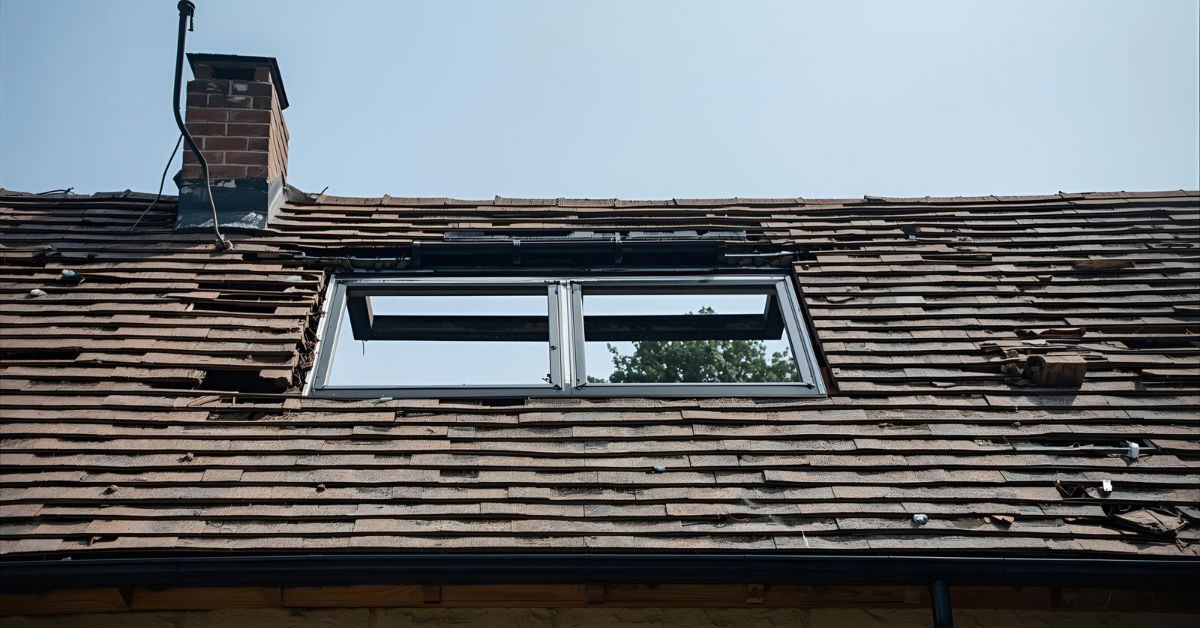
October 30, 2025
How Roofs Age: A Year-by-Year Timeline of Wear and Tear
A roof doesn’t fail overnight. Its decline happens slowly — year by year — through temperature swings, UV exposure, moisture, and time. For St. Louis homeowners, where roofs endure everything from summer humidity to ice storms, understanding this timeline helps you plan smarter maintenance and replacements before damage escalates.
Below is a realistic look at how a standard asphalt shingle roof ages over two decades — and how to extend its life through proactive care.
Years 0–5: The Protective Prime
Condition: Excellent
Common Issues: None or minor sealant curing
When a new roof is installed, it’s in its prime. The shingles are flexible, adhesive seals are tight, and water protection is at its best. Most homeowners enjoy worry-free years during this phase.
Key homeowner tips:
- Keep gutters clear to ensure proper drainage.
- Schedule the first inspection after major storms to spot early sealant wear or flashing shifts.
Years 6–10: Early Wear and Heat Stress
Condition: Good
Common Issues: Granule loss, slight curling, thermal cracking
By year six, St. Louis’s temperature fluctuations begin to take a toll. Summer UV rays bake the shingles, causing expansion and contraction. Small cracks and granule loss appear — signs that protective coatings are wearing thin.
Watch for:
- Shiny or bald spots on shingles (granule loss)
- Slight color fading
- Clogged gutters filled with shingle debris
Maintenance moves:
- Annual inspections to reseal flashing and check for damaged shingles
- Clean ventilation intakes to prevent attic heat buildup
Years 11–15: Moisture Becomes the Enemy
Condition: Fair
Common Issues: Curling edges, moss growth, flashing deterioration
By this stage, the roof begins to age visibly. Moisture penetration from small cracks can reach underlayment layers. Flashing near chimneys and valleys often loosens due to metal fatigue.
St. Louis homeowners often face:
- Mold growth from humidity
- Winter freeze-thaw cycles that crack brittle shingles
- Leaks forming around roof penetrations (vents, chimneys)
Preventive actions:
- Professional cleaning to remove moss or algae
- Midlife roof tune-up: replace damaged shingles and reseal flashing
- Check attic insulation to control humidity levels
Years 16–20: Structural Decline
Condition: Poor
Common Issues: Shingle fractures, leaks, sagging roof decking
At this stage, asphalt shingles lose most of their elasticity. Wind can lift weakened shingles, and underlayment may start deteriorating. Water intrusion becomes frequent, often leading to wood rot or structural decking soft spots.
Visible signs of decline:
- Persistent leaks even after patching
- Buckling or uneven roof lines
- Noticeable energy inefficiency due to compromised insulation
The right move:
This is the time to plan for full roof replacement. Homeowners who act early prevent costly water damage repairs and improve resale value.
Beyond 20 Years: The Replacement Window
Even a well-maintained asphalt roof rarely lasts beyond 25 years under Midwestern conditions. While you can delay replacement with repairs, it’s often more cost-effective to install a new roof with advanced materials like architectural shingles or metal panels — both offering better wind resistance and energy savings.
Pro Tip:
Replacing a roof before total failure saves you an average of 20–30% compared to emergency replacement costs after structural leaks.
The Family First Exteriors Approach
At Family First Exteriors, we specialize in maximizing roof lifespans across the St. Louis area. From initial inspections to end-of-life replacements, our team uses advanced thermal imaging and drone-based assessments to identify early-stage wear — before leaks appear.
Our annual maintenance plans help homeowners catch age-related issues early and plan replacements strategically, rather than reactively.
If your roof is over 10 years old, now’s the perfect time for a professional inspection.
📞 Call (314) 255-8151 or visit familyfirstexteriors.com to schedule your free roof assessment.
